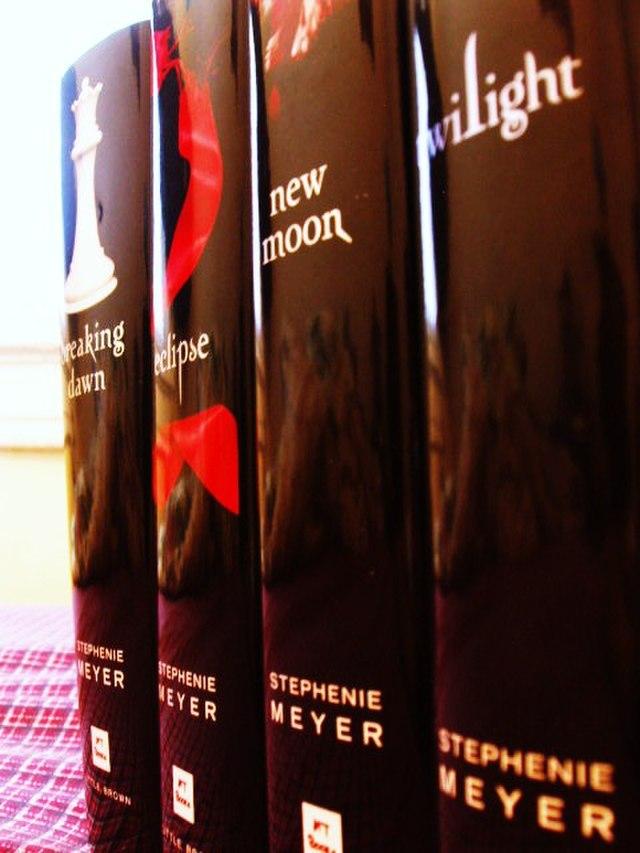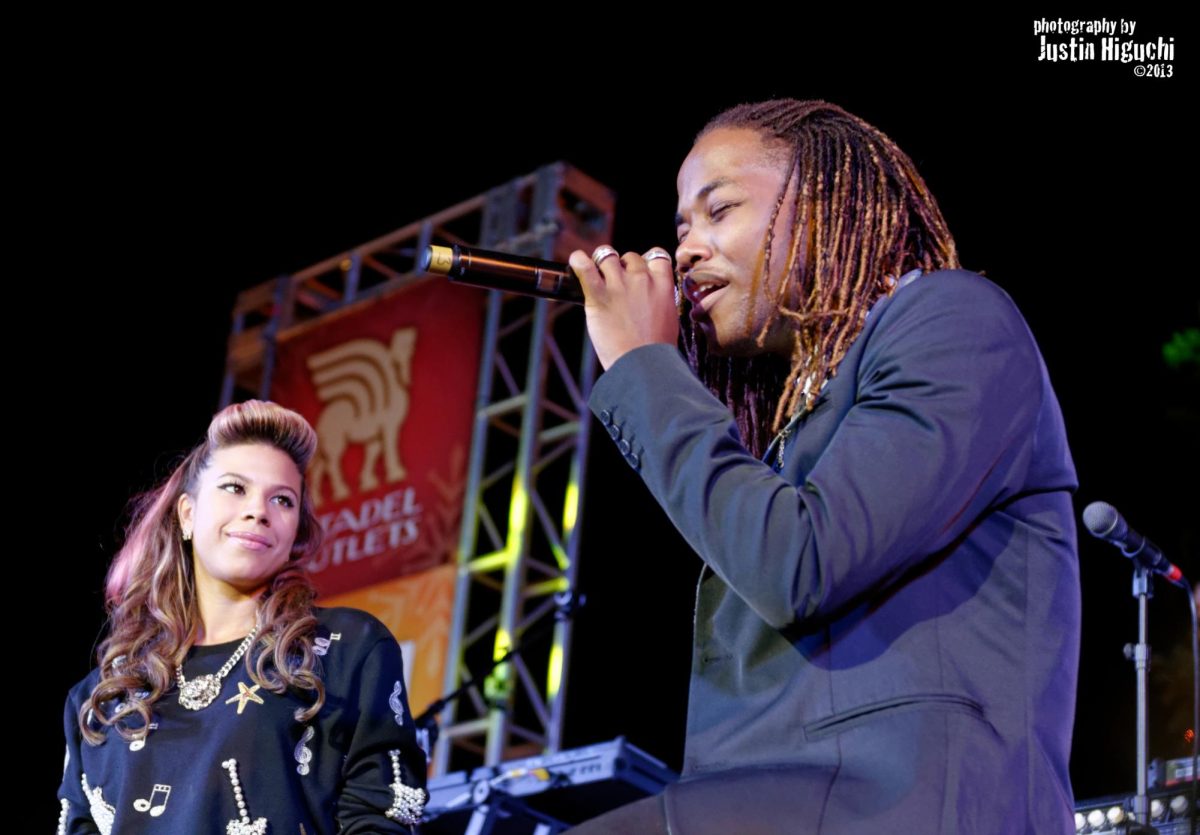I’m going to share something deeply troubling and very vulnerable right now (deep breath).
In seventh grade I made fun of my best friend for reading “Twilight.” I know — I’m deeply ashamed — and there’s no undoing the past, only making up for it in the present. So to rectify my foolish misdeeds, I am writing this in print for everyone to see: to the person on campus with the “Twilight” hoodie, I am extremely jealous of you. I’m certainly not the only one who feels this way, because according to Google Trends, Google searches in July 2021 for “Bella Swan” were at the highest that they have been since 2013, the year after the final “Twilight” film was released, and have remained consistently higher than they were pre-July 2021. The “Twilight Saga” Instagram account is verified with 2.4 million followers, nearly double that of “The Hunger Games,” another veteran of the 2010s franchise craze. “Bella Swan core” and “Twilight core” have been all over my social media accounts, and old messenger bags with Edward Cullen staring broodily through the screen sell for $50 on Depop, a popular online market for second-hand clothing and accessories. The resurgence that “Twilight” has been experiencing in the past few years has been dubbed by some to be the “‘Twilight’ Renaissance.” Renaissance (no, not the name of Bella’s child), as we all remember from high school history class, means “rebirth.” The final “Twilight” film premiered over ten years ago — what caused “Twilight,” like Bella after dying in childbirth, to be reborn again?
Although there are certainly a wide variety of factors driving the resurgence of the “Twilight Saga,” three stand out to me: TikTok trends, the resurgence of Y2K and the rejection of misogynistic tropes. On TikTok, videos referencing the “Twilight Saga” or mimicking its iconic blue-green filter have gained traction. According to Business Insider, the tag “#twilight” has gotten over 10 billion views on TikTok, while the “Dazzling Look” filter on the app, which gives users a Cullen-like appearance, has been used over 100,000 times. Songs from the “Twilight Saga” soundtrack, such as “Roslyn” by Bon Iver have been used in 242,700 TikTok videos and “Supermassive Black Hole” by Musehas been used in 476,800 videos. The fact that TikToks about “Twilight” are constantly circulating on the wildly popular — and widely impactful — app has caused the “Twilight” fanbase to be revived.
Fashion cycles — specifically the “twenty-year rule,” which points out a pattern in fashion trends that the styles that are considered “in” today draw their inspiration from the fashion of 20 years ago — have meant that clothing trends of the early 2000s (also known as Y2K), like low-rise jeans, baby tees, micro mini skirts (as Paris Hilton, the queen of Y2K, once said, “Skirts should be the size of a belt”), skinny scarves and low-slung belts have made their comeback. There doesn’t seem to be a consensus on when Y2K ends, with people claiming it ended anywhere between 2003 and 2005. Either way, the “Twilight” films (which serve as the main source of “Twilight”-related fashion inspiration, more so than the books) which came out between 2008 and 2012, seem to be too late to meet the cutoff. However, the fashion of “Twilight” still features the hallmarks of Y2K fashion and has thus also benefited from Y2K’s resurgence.
The characters, especially Bella and Alice, put their own twist on Y2K trends. Bella wears low-rise flare jeans, tight-fitting Henleys and black converse, all earthier, indie-fied versions of Y2K staples, reflecting her clumsy, girl-next-door personality. Alice’s wardrobe features a black and white color palette, puffy blouses and velvet ribbon chokers, which reference the high collars and velvet capes of traditional Victorian vampires, while her tight waistcoats, chunky silver jewelry and skinny scarves are reminiscent of edgier Y2K styles sold at stores like Hot Topic. The “Twilight” costumes have become an aesthetic of their own, known as Bella Swan core or Twilight core, and the popularity of that aesthetic on social media sites popular with young people like Pinterest, TikTok and Instagram, and thus the popularity of “Twilight” by extension, is no doubt aided by its incorporation of Y2K fashion staples at a time when Y2K is trending again.
The third reason for the renewed popularity of “Twilight” is a combination of nostalgia and the rejection of tropes that stigmatized media that was widely consumed by teenage girls. The generation embracing the comeback of “Twilight” the most is the generation that grew up in the late 2000s/2010s. “Twilight” is a source of nostalgia that transports us to a simpler time in our lives, most of us have fond memories of watching the “Twilight Saga” on cable, with some of us even seeing the movies in theaters.. At the time that they were initially popular, media primarily aimed at teenage girls (like boy bands and yes, “Twilight”) was ridiculed and seen as frivolous. As a result, many of us didn’t feel that we could openly enjoy those things without people thinking we were one of those caricatured teenaged girls — boy-crazy and airheaded. I certainly felt this way. I felt that I had to act dismissively towards “Twilight” in public so nobody would think that I was one of those girls that enjoyed “Twilight.” Now that this generation has gotten older, we have come to realize the misogyny inherent in the “I’m not like other girls” mentality, and we have reclaimed the nostalgic media of our childhoods that we previously felt ashamed to enjoy. Now, my friends and I loudly obsess over Alice in the iconic baseball scene during our “Twilight” marathons in the common room, and we feel absolutely no shame for doing so.
The combination of these three factors working together has meant that the “Twilight Saga” has recemented its place in modern pop culture. The “‘Twilight’ Renaissance” will have you asking questions like “Why does the baby Renesmee doll haunt my dreams?” and “Why don’t I own a ‘Twilight’ hoodie?” and there is absolutely nothing wrong with that. To quote the ever-broody and ever-sparkling Robert Pattinson, “It’s not even cool to be a hater anymore. That’s so 2010.”




